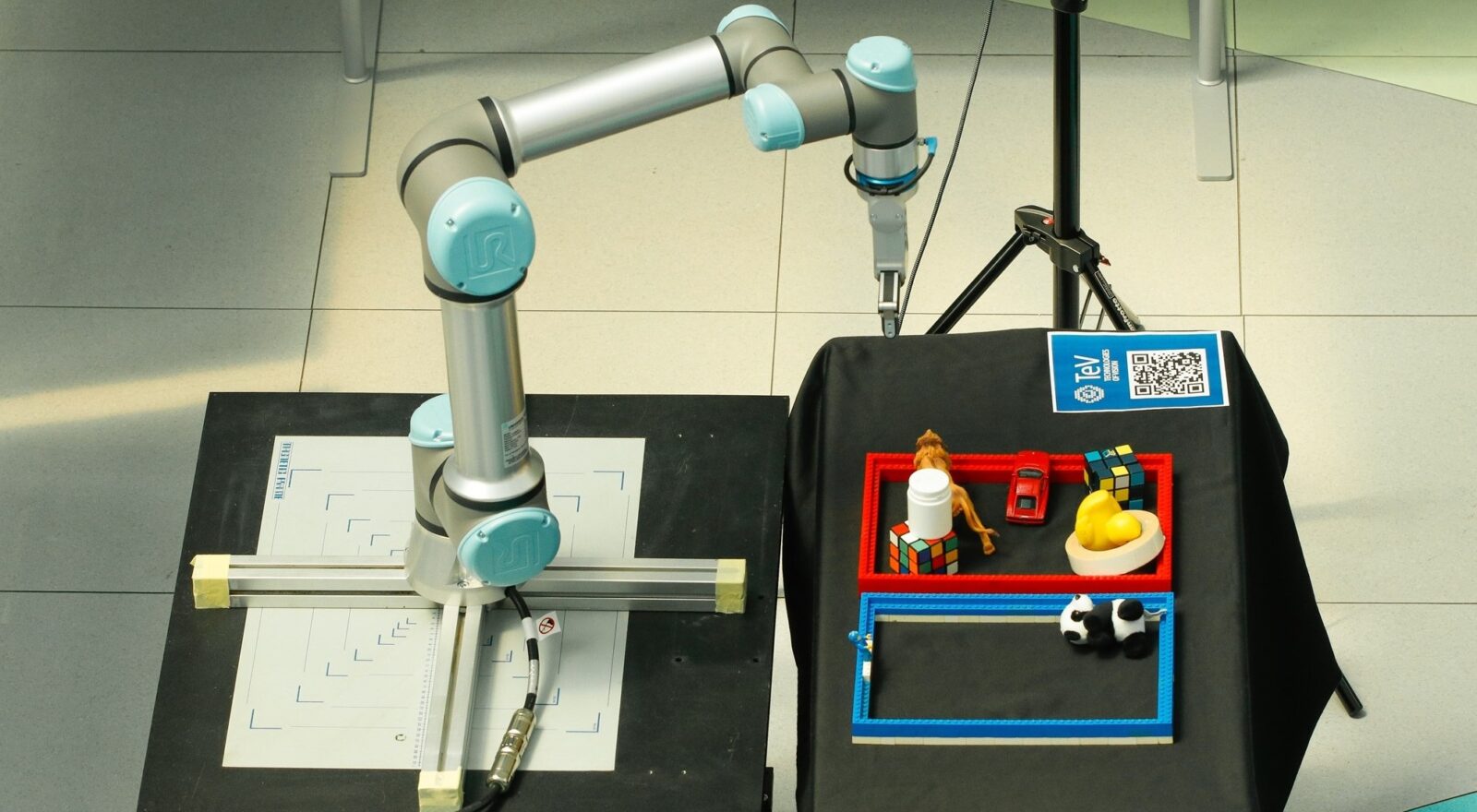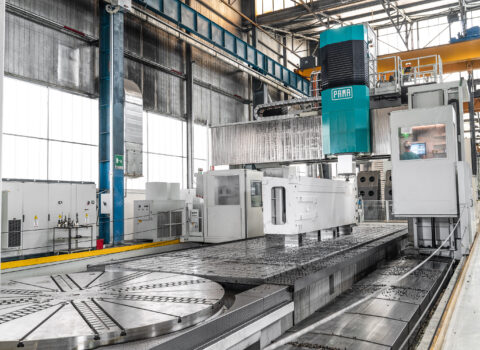
CVTS 2025: Research and innovation in computer vision gather in Trento
An opportunity for discussion among researchers, universities and companies about the frontiers of computer vision, with more than 90 participants gathered at Fondazione Bruno Kessler.
The Computer Vision Trento Symposium (CVTS), now in its second year, was held on 29 May at the Povo headquarters of Fondazione Bruno Kessler (FBK). The day, entirely dedicated to computer vision, was jointly organised by the Technologies of Vision (TeV) unit, headed by Fabio Poiesi, and the Multimedia and Human Understanding research group of the Department of Engineering and Information Science at the University of Trento, coordinated by assistant professor Massimiliano Mancini.
The event brought together around 100 participants including researchers, PhD students, students and professionals from universities, research centres and companies in the field, with the aim of creating an opportunity for discussion and dialogue on some of the latest innovations in the field of computer vision. The focus of this edition of the conference was on the 17 papers that will soon be presented at the prestigious IEEE/CVF Conference on Computer Vision and Pattern Recognition (CVPR), one of the most relevant international conferences in the field.
‘This Symposium originates from the desire to create a space for sharing and comparison within the Italian computer vision community, maintaining a high scientific level in an accessible and collaborative context,’ comments Fabio Poiesi, head of FBK’s TeV unit and promoter of the initiative. ‘We are happy to see how this idea is taking shape and attracting more and more interest. In particular, this year we managed to involve 17 scientific contributions of the highest level from the University of Trento, the Technische Universität Wien, the Free University of Bolzano, Ulm University as well as FBK. In conjunction with the poster session, we set up a space dedicated to interactive demos, involving companies from the sector with highly innovative projects. An initiative that underlines the importance of technology transfer alongside the scientific contribution: a fundamental bridge between research and real applications’.
During the day, talks were given on frontier topics: from 3D scenario understanding to neural architectures for few-shot learning, from generative models for video synthesis to new methods for robotic navigation, and reflections on the future of vision-language models. The works presented reflect the high level of competitiveness of Italian groups in the international computer vision landscape.
The programme was enriched by the keynote of Prof. Lamberto Ballan from the University of Padua, entitled ‘From context-aware motion prediction to embodied visual navigation’. During his speech, Ballan presented a broad overview of recent developments in the field of Embodied AI, with a focus on models capable of context-aware and socially-aware prediction of human motion, as well as autonomous and visually-guided navigation of environments.

In addition to the oral presentations and poster session, the event offered valuable face-to-face moments with the community through Q&A sessions and a series of live demonstrations. Among them, Arcoda brought its extended reality solutions applied to utility fieldwork. Using visors and smartphones, their demo showed how it is possible to process and visualise 2D and 3D geospatial data overlaid on the real elements of distribution networks, demonstrating the effectiveness of integrating digital data with the physical environment. Qualyco also contributed to the programme with a demonstration dedicated to quality monitoring in industrial processes: through the use of machine vision systems and intelligent algorithms, their technology showed how it is possible to perform in-line checks in an efficient and automated manner, improving production reliability. FBK’s TeV group, on the other hand, presented a demonstration of vision-guided robotic manipulation: a robot capable of interpreting the arrangement of objects in complex and disordered scenarios and, starting from a simple natural language command, able to recognise the required object, handle the presence of obstacles and grasp with precision.
The event was organized with the support of the AgileHand and FAIR (Future AI Research) projects and with the support of ELLIS Trento.
Thanks to the active participation of those present and the quality of the content, the CVTS is confirmed as a reference event for those working and doing research in computer vision. The success of the 2025 edition hints at an even more ambitious outlook for future editions, always with the aim of stimulating community growth and fostering new collaborations.





